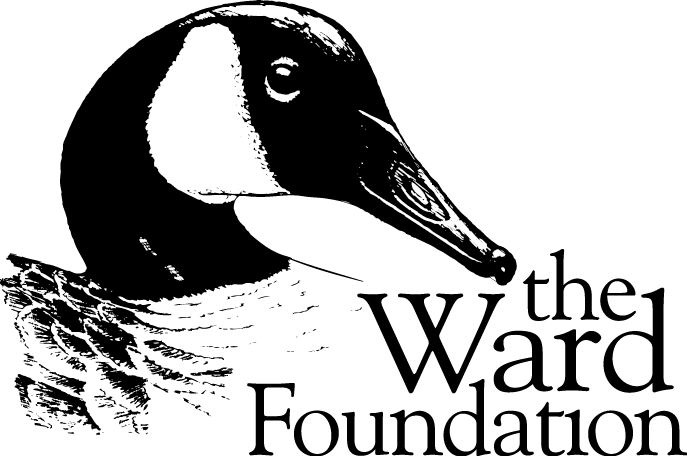Unlike most Connecticut carvers, Roz Bliss made decoys professionally, though carving was secondary to his profession of pattern making. Early in his carving career, Bliss carved a limited selection of species including black ducks, a few crows, geese, golden eyes, scaup and scoters and often used Shang Wheeler’s white-wing scoter and goose patterns. In later years, Bliss broadened his repertoire by adding brant, buffleheads, canvasbacks, mallards, old squaws, redheads, whistlers, widgeon and wood ducks and became one of the few regional carvers that produced species uncommon to the area like teal and pintails. Bliss’ total output is numbered at over two thousand (Chitwood 57). Pear-shaped bodies, a bottom board and long pointed tails with an overhang emerged as characteristics unique to Bliss’ work. However, the signature characteristic is undoubtedly the thick bill that Bliss employed to minimize damage. Bliss did not vary the positions or attitudes of his ducks very much, though he did experiment with a few sleepers and cast aluminum heads.
His painting patterns were simple and accentuated with graffito heads until Shang Wheeler tutored him in the fine art of feather painting. From that point on, Bliss’ painting shows noticeable improvements, and he ended up a reputable painter. In fact, he went as far as to paint a rig of black ducks with an actual feather dipped in paint. With the exception of the very bottom of the decoy, each duck was painted in its entirety in this manner.
